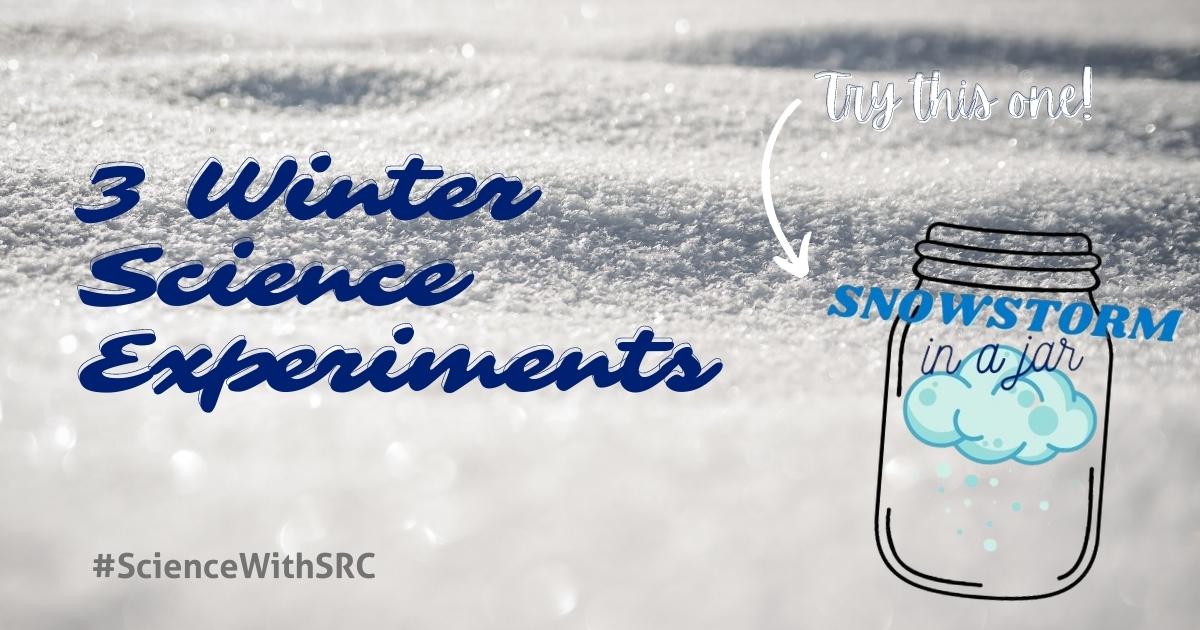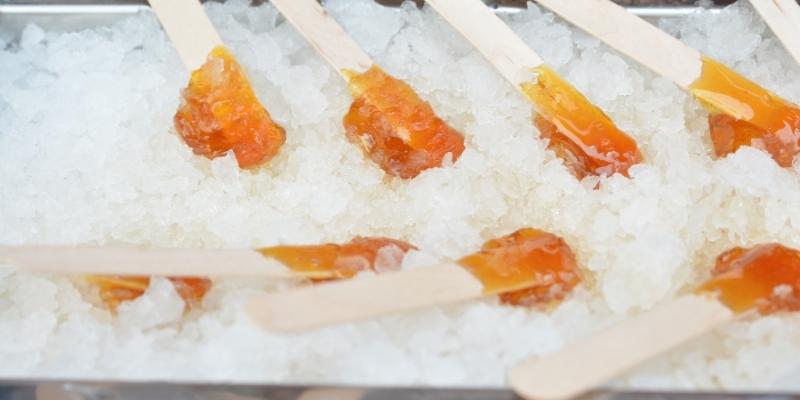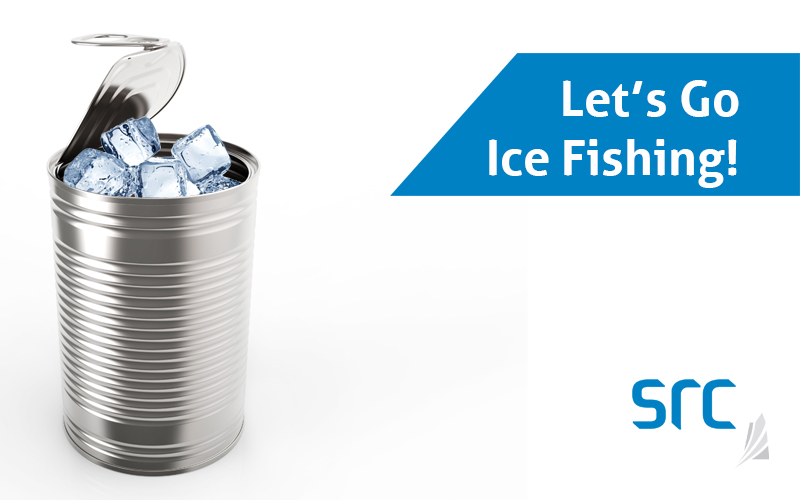
Winter, besides being the season of skating, skiing and snowmobiling, is also a fabulous time for science. It’s true! Here are a few ideas to pass the frosty days while having fun and learning at the same time.
Looking for more kid-friendly science experiments? Check out our collection and try these holiday-themed activities:
Download your Honorary Scientist certificate when you're done!
Disclaimer
While every reasonable effort is made to provide experiments that are safe, adult supervision is always recommended when experiments are performed. Safety gear, such as gloves and glasses, may be required.
Experiment 1: Candy in the Snow

(Adapted from How to Make Maple Syrup Snow Candy - Little Bins for Little Hands)
Safety Notice! Adult supervision is required for this experiment. Snow should be fresh, clean and safe for consumption.
You’ll need
- 1 cup 100% Pure Grade A Maple Syrup
- Metal Baking Pan
- Freshly-Fallen, Clean Snow (No snow? Try this experiment instead.)
- Candy Thermometer
- Saucepan
Instructions
Head outside and fill your metal baking pan with clean, freshly fallen snow. Place in the freezer or leave covered outside to stay cold.
With the help of an adult, add the maple syrup to your saucepan and bring to a boil over a medium-high heat. Boil and stir constantly until your candy thermometer reaches 220-230 F. Remove from heat.
Have your adult carefully spoon your maple syrup onto the snow in your baking pan. Watch it harden and into candy but let it cool before you take a bite. Try making some fun shapes and adding a lollipop stick!
Here’s the science behind your candy: Boiling the maple syrup evaporates water, leaving behind a concentrated solution that forms candy. When it hits the snow, the maple sugar molecules crystallize in the cold. You’ve just helped a liquid become a delicious solid!
Fun fact: Did you know the province of Quebec produces two-thirds of the world’s maple syrup?
Experiment 2: Snowstorm in a Jar
You’ll need
- Empty jar
- Baby oil
- Effervescent tablets
- Large measuring cup
- 1 cup water
- ½ cup white paint
- Glitter
- Spoon
Instructions
Download the Snowstorm in a Jar instruction sheet
Set up an empty jar on a tray and pour baby oil to fill 2/3 of the jar.
Mix water with white paint in your measuring cup. Pour the paint mixture into the jar. Add some glitter to your jar for extra fun.
Drop one effervescent tablet into the jar. (You can also break the tablet in half). Now watch the snowstorm!
When it stops, add more tablets to reactivate the snowstorm.
Here’s the science behind your snowstorm: Oil is less dense than water, so the paint mixture stays at the bottom of the jar. When we drop effervescent tablets into the jar, the interaction with the water creates upward pressure, and the oil pushes it back down. Another important element in the experiment is sodium bicarbonate in the tablets, which creates carbon dioxide gas when mixed with water. The combination of these factors creates a cool snowstorm!
Experiment 3: Let’s Go Ice Fishing

(Adapted from Ice Fishing Experiment - A Dab of Glue Will Do)
Safety Notice! If you’re using an empty soup can, be careful of the edges. They can be sharp! Ask an adult to help you pick the right can.
You’ll need
- 1 empty metal can – washed and dried and free of any sharp edges
- Ice cubes
- 12-inch piece of string or yarn
- Salt
Instructions
Fill the can with cold water and add a few ice cubes. Dip the yarn in the water onto the cubes to “catch” a cube. Did you catch anything?
Next, place the string onto a cube and sprinkle some salt on top the cube. Wait about 30 seconds and try “catching” again. Did you get a cube this time? If you didn’t, try less salt or try catching your ice cube in 10 or 20 seconds.
Here’s the science behind your cube catch: Salt affects ice and its properties. Adding salt to ice lowers ice’s melting point. However, when ice is in freezing temperatures, it freezes again. The sprinkle of salt onto your ice cubes allowed it to melt and then refreeze quickly, letting you “catch” a cube.
Fun fact: Ice is water in its solid state. Ice is also less dense that water, which is why it floats. Ice also expands in its frozen state because the water molecules are farther apart in ice than in water.
More Fun Winter Facts
- The coldest temperature ever recorded in Canada occurred in Snag, Yukon. On February 3, 1947, the temperature dropped to -62.8 C (-81.4 F).
- The most snow in a single day was recorded in British Columbia. Tahtsa Lake, B.C. recorded the highest single-day snowfall in Canada of 145 cm of snow in one day.
- According to Environment and Climate Change Canada, a blizzard is defined as severe winter weather characterized by strong winds (40 km/hr or greater) with heavy or blowing snow, resulting in reduced visibility of 400 metres or less for at least four hours.
This post was written by Brook Thalgott, a former SRC employee.
